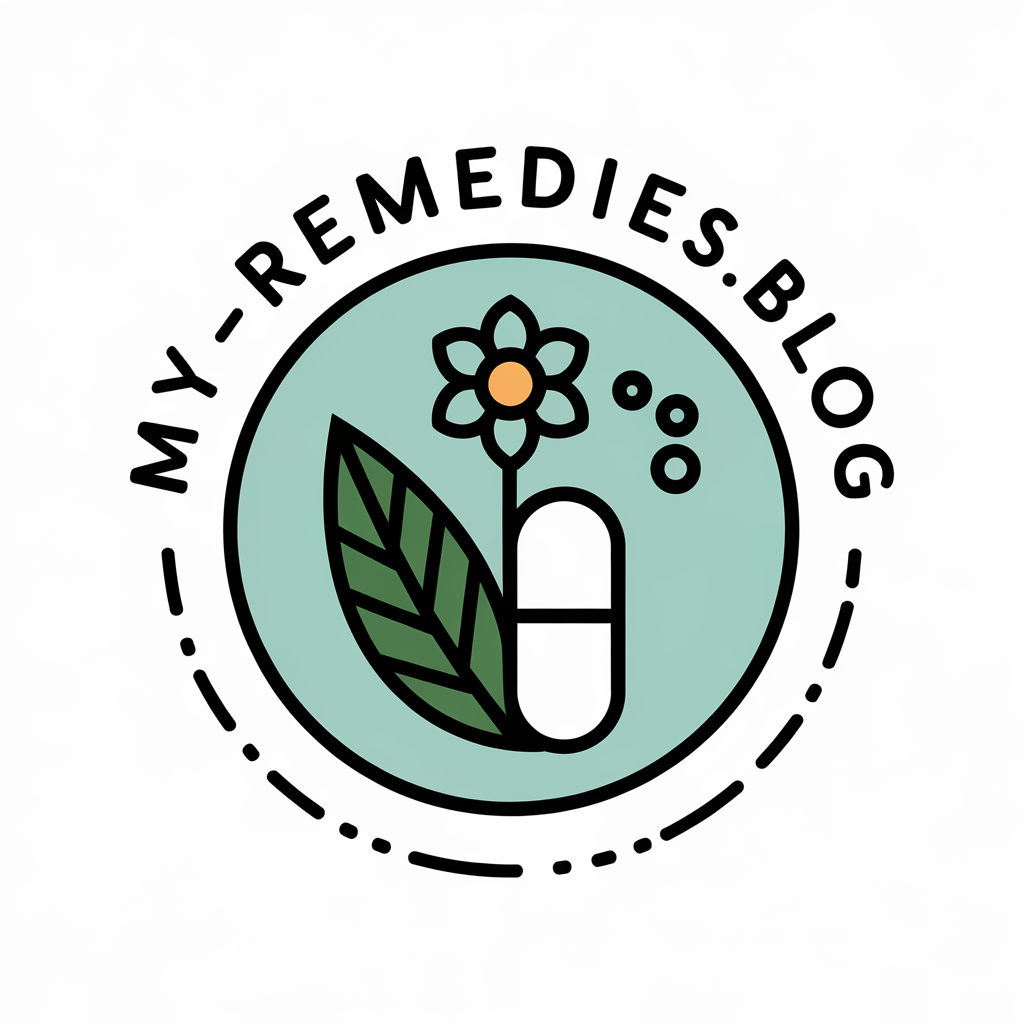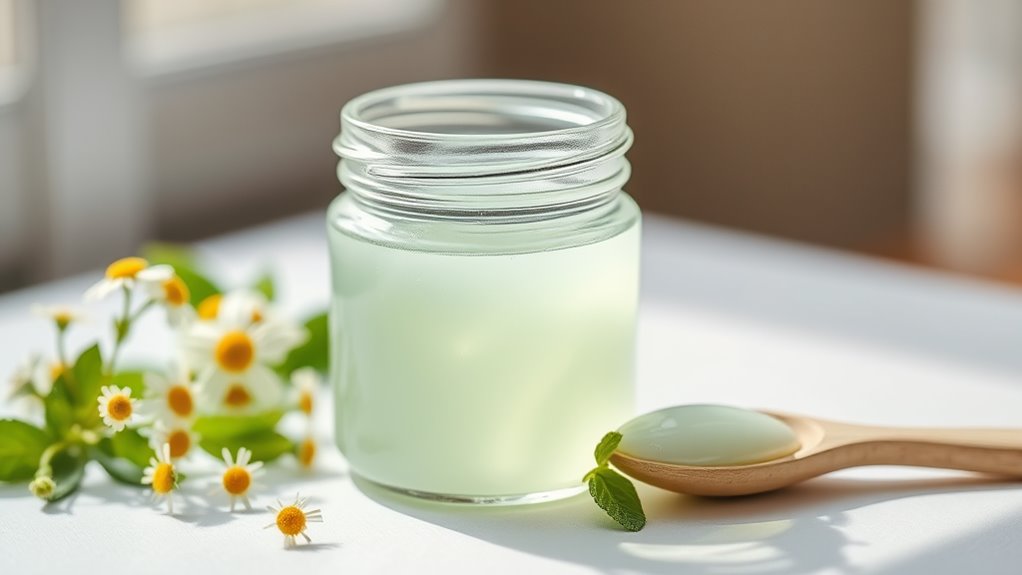Gentle Baby Teething Gel You Can Make at Home
Did you know that around 75% of babies experience discomfort while teething? As a parent, you want to ease your baby’s pain without relying on harsh chemicals. Fortunately, making a gentle homemade teething gel can be a safe and effective solution. By using natural ingredients, you can create a soothing remedy tailored to your baby’s needs. Let’s explore the benefits and simple steps to whip up this helpful gel.
Key Takeaways
- Homemade teething gel allows you to control ingredients, ensuring safety and natural composition for your baby.
- Key ingredients like chamomile, coconut oil, and aloe vera provide soothing and moisturizing benefits.
- The preparation of teething gel can be a fun bonding experience while customizing flavors for your baby.
- Store the gel in an airtight container in the fridge to maintain freshness and enhance its soothing effects.
- Always consult a pediatrician if your baby experiences persistent high fever or unusual discomfort during teething.
Benefits of Homemade Teething Gel
Creating your own baby teething gel offers several benefits that store-bought options often can’t match.
With a DIY teething gel, you control the ingredients, ensuring they’re safe and natural for your little one.
You can avoid artificial preservatives and chemicals commonly found in commercial products, reducing the risk of allergic reactions.
Making your gel at home lets you customize flavors and textures, catering to your baby’s preferences.
Plus, it can be a fun bonding experience as you prepare it together. Additionally, using natural ingredients like coconut oil can support the immune system, providing extra protection against common illnesses.
Key Ingredients for Your Teething Gel
When crafting your own teething gel, choosing the right ingredients is crucial for both safety and effectiveness. You’ll want to include gentle, natural components that soothe discomfort without harmful additives. Here’s a quick guide to some key ingredients:
| Ingredient | Benefits | Notes |
|—————-|————————–|——————————|
| Chamomile | Calming and soothing | Use as a tea infusion |
| Coconut Oil | Moisturizing properties | Helps bind the mixture |
| Aloe Vera | Anti-inflammatory | Ensure it’s pure and organic |
| Clove Oil | Natural analgesic | Use sparingly, very potent |
| Honey (optional)| Antibacterial properties | Only for babies over 1 year |
Additionally, many parents find solace in using natural treatment options to assist in alleviating discomfort during teething.
Step-by-Step Instructions to Make Teething Gel
Now that you’ve gathered the key ingredients for your teething gel, it’s time to put them together.
Start by boiling one cup of water and adding one teaspoon of chamomile flowers. Let it steep for about 10 minutes, then strain the mixture.
Next, combine this infusion with one tablespoon of organic coconut oil and one teaspoon of food-grade aloe vera gel in a bowl. Mix thoroughly until smooth. Aloe vera gel is known to accelerate healing and provides essential nutrients.
Transfer the gel into a clean, sterilized jar. Allow it to cool completely before sealing.
Your gentle teething gel is now ready to soothe your little one’s sore gums!
Tips for Storing Your Teething Gel
To keep your homemade teething gel effective and safe, proper storage is crucial.
Here are some essential tips to ensure your gel stays fresh:
-
Use airtight containers: This prevents contamination and keeps moisture out.
-
Store in the fridge: Cold temperatures can prolong shelf life and soothe your baby’s gums.
-
Label your containers: Write the date you made the gel to track freshness.
-
Limit exposure to light: Keep it in a dark space to maintain potency.
-
Check for changes: Regularly inspect for any changes in color or odor before use.
Following these tips will help you provide safe relief for your little one!
Natural Alternatives to Consider
While homemade teething gel can provide relief, there are several natural alternatives you might want to consider. These methods can soothe your baby’s discomfort without harsh chemicals. Here’s a quick guide:
| Alternative | Benefits |
|———————|———————————-|
| Chilled Washcloth | Provides a cool, soothing surface |
| Frozen Fruits | Natural sweetness and texture |
| Chamomile Tea | Calming properties |
| Coconut Oil | Moisturizes gums |
Try these options to ease your baby’s teething pain. Each has its own unique benefits, so feel free to experiment and see what works best for your little one! Additionally, coconut oil’s moisturizing properties can also be beneficial for your baby’s gums, offering natural relief.
When to Consult a Pediatrician
How can you tell when it’s time to consult a pediatrician about your baby’s teething?
It’s essential to keep an eye on your little one’s symptoms.
Here are some signs that warrant a visit:
-
Persistent high fever (over 101°F)
-
Severe irritability or inconsolable crying
-
Diarrhea or vomiting
-
Swollen gums with visible redness
-
Signs of dehydration (e.g., fewer wet diapers)
If you notice any of these symptoms, don’t hesitate to reach out to your pediatrician.
They can provide guidance and ensure your baby’s teething experience is as smooth as possible.
Your baby’s comfort is the priority!





